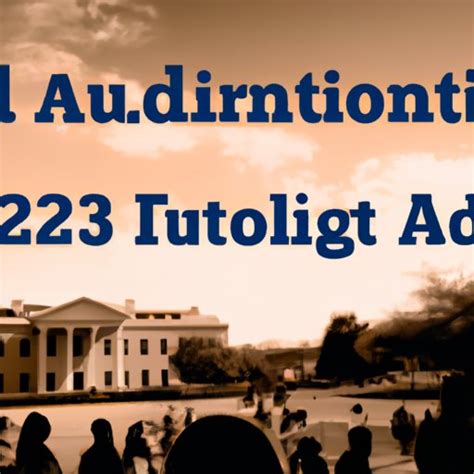Many families turn to 529 college savings plans to help pay for their children’s education. But do these plans count against financial aid?

The answer is yes, but the impact is limited. 529 plans are considered assets, and assets are taken into account when determining financial aid eligibility. However, there are several important factors to keep in mind.
How 529 Plans Affect Financial Aid
The amount of money in a 529 plan is assessed differently depending on who owns the account.
- When a parent owns the account: Up to 5.64% of the account balance is counted as income for the student on the Free Application for Federal Student Aid (FAFSA). This means that if you have $100,000 in a 529 plan, you can expect your child’s expected family contribution (EFC) to increase by $5,640.
- When a student owns the account: Up to 20% of the account balance is counted as assets for the student on the FAFSA. This means that if you have $100,000 in a 529 plan that is owned by your child, you can expect your child’s EFC to increase by $20,000.
Impact on Financial Aid Awards
The impact of a 529 plan on financial aid awards varies depending on the type of aid you receive.
- Grants: Grants are not affected by assets, so a 529 plan will not reduce the amount of grant aid you receive.
- Scholarships: Scholarships are also not affected by assets, so a 529 plan will not reduce the amount of scholarship aid you receive.
- Federal loans: Federal loans are need-based, so a 529 plan can reduce the amount of federal loans you receive. However, the impact is likely to be small.
- Private loans: Private loans are not need-based, so a 529 plan will not affect the amount of private loans you receive.
Strategies to Minimize the Impact of 529 Plans on Financial Aid
There are several strategies you can use to minimize the impact of 529 plans on financial aid.
- Contribute to a 529 plan in your child’s name. This will reduce the amount of money that is counted as your child’s assets and, therefore, will have a smaller impact on their EFC.
- Make withdrawals from the 529 plan in the year before your child applies for financial aid. This will reduce the amount of money that is counted as your child’s income and assets.
- Use the 529 plan to pay for qualified education expenses. This will reduce the amount of money that is counted as your child’s assets and, therefore, will have a smaller impact on their EFC.
Conclusion
529 plans can be a valuable way to save for college. However, it is important to be aware of how these plans can affect financial aid eligibility. By following the strategies outlined above, you can minimize the impact of 529 plans on financial aid and ensure that your child has the best possible opportunity to succeed in college.
Frequently Asked Questions
Q: What is the EFC?
A: The EFC is the expected family contribution, which is the amount of money that the federal government expects your family to contribute to your college expenses.
Q: How do I apply for financial aid?
A: You can apply for financial aid by completing the FAFSA.
Q: What is the difference between a grant and a loan?
A: A grant is free money that does not have to be repaid. A loan is money that must be repaid, with interest.
Q: Can I use 529 plan funds to pay for room and board?
A: Yes, you can use 529 plan funds to pay for room and board, as long as the room and board is considered a qualified education expense.
Q: What happens if I withdraw money from a 529 plan for non-qualified expenses?
A: If you withdraw money from a 529 plan for non-qualified expenses, you will be subject to income tax and a 10% penalty on the earnings.
